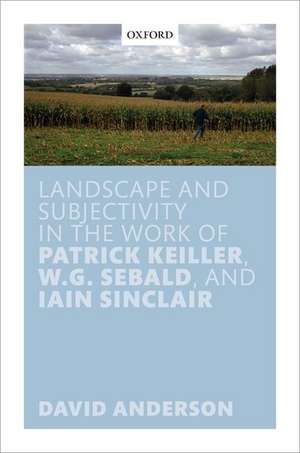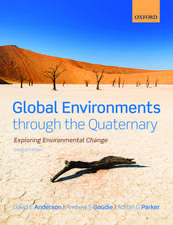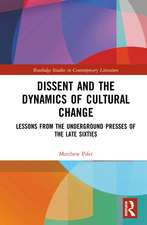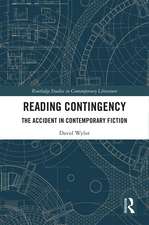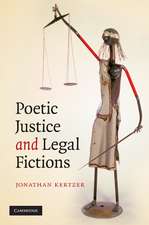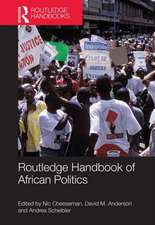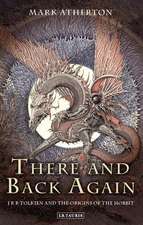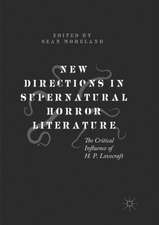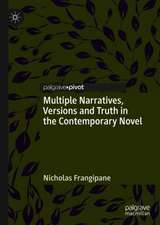Landscape and Subjectivity in the Work of Patrick Keiller, W.G. Sebald, and Iain Sinclair
Autor David Andersonen Limba Engleză Hardback – 27 aug 2020
Preț: 501.05 lei
Preț vechi: 639.68 lei
-22% Nou
Puncte Express: 752
Preț estimativ în valută:
95.89€ • 99.74$ • 79.16£
95.89€ • 99.74$ • 79.16£
Carte disponibilă
Livrare economică 11-17 martie
Preluare comenzi: 021 569.72.76
Specificații
ISBN-13: 9780198847199
ISBN-10: 019884719X
Pagini: 320
Ilustrații: 34 Illustrations
Dimensiuni: 164 x 242 x 23 mm
Greutate: 0.67 kg
Editura: OUP OXFORD
Colecția OUP Oxford
Locul publicării:Oxford, United Kingdom
ISBN-10: 019884719X
Pagini: 320
Ilustrații: 34 Illustrations
Dimensiuni: 164 x 242 x 23 mm
Greutate: 0.67 kg
Editura: OUP OXFORD
Colecția OUP Oxford
Locul publicării:Oxford, United Kingdom
Recenzii
my few paragraphs can never do justice to the 275 pages of David Anderson's remarkable book. I urge you to read it yourself.
To add something new in what seems like a firmly established discourse of millennial writer-walkers is no mean feat. That David Anderson manages to do so while discussing three artists with such differences of style and medium is hugely impressive.
It has opened my eyes to how [Sebald's] books, though originally written in German and maintaining a decidedly European outlook, participate in a very English tradition of engagement with landscape. Most enjoyable, however, were not only the many insights I gained, but also the fact that it is written without the jargon that mars so many studies of Sebald.
Anderson's study captures in great detail a powerful sense of the 1990s as a decade caught up in examining the ways that globalisation had problematised landscape both as an aesthetic category and as a space of imaginative renewal.
...one will profit greatly from this carefully researched and impressively crafted study.
This is a convincing thesis...This breadth of reference is one of the strengths of Anderson's work on Keiller (and, for that matter, on Sebald and Sinclair too). Since all three are richly allusive and have densely elaborate frames of reference, writing about them presents its challenges, but this book rises to them well, and makes a particularly valuable addition to the literature on Keiller.
To add something new in what seems like a firmly established discourse of millennial writer-walkers is no mean feat. That David Anderson manages to do so while discussing three artists with such differences of style and medium is hugely impressive.
It has opened my eyes to how [Sebald's] books, though originally written in German and maintaining a decidedly European outlook, participate in a very English tradition of engagement with landscape. Most enjoyable, however, were not only the many insights I gained, but also the fact that it is written without the jargon that mars so many studies of Sebald.
Anderson's study captures in great detail a powerful sense of the 1990s as a decade caught up in examining the ways that globalisation had problematised landscape both as an aesthetic category and as a space of imaginative renewal.
...one will profit greatly from this carefully researched and impressively crafted study.
This is a convincing thesis...This breadth of reference is one of the strengths of Anderson's work on Keiller (and, for that matter, on Sebald and Sinclair too). Since all three are richly allusive and have densely elaborate frames of reference, writing about them presents its challenges, but this book rises to them well, and makes a particularly valuable addition to the literature on Keiller.
Notă biografică
David Anderson is Leverhulme Early Career Fellow in the Department of Comparative Literature at Queen Mary University of London. His research interests encompass Anglo-German cultural relations as well as representations of London in literature and film. He has recently been engaged as a Research Associate in UCL's Urban Laboratory, co-curating the symposium and screening series City, Essay, Film.
